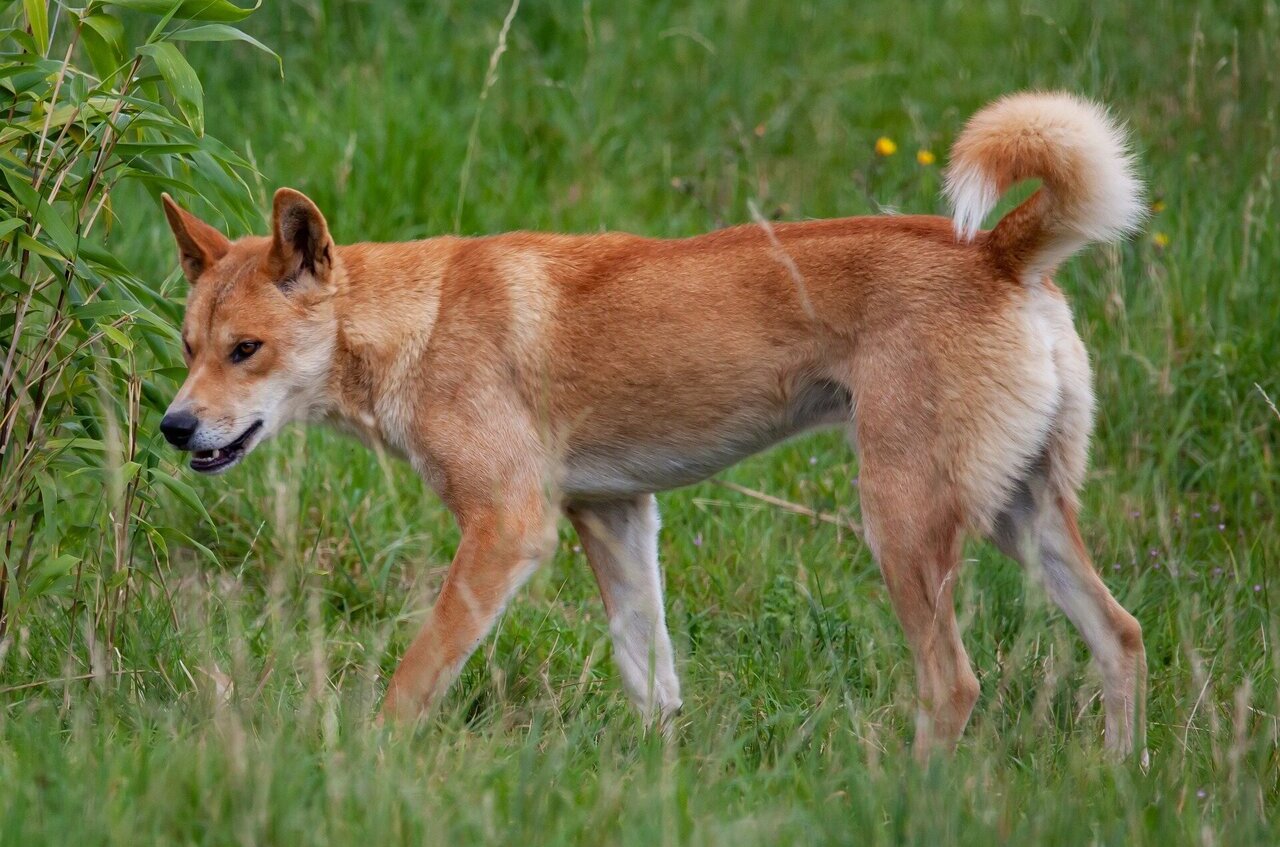- July 1, 2022
- No Comment
- 9 minutes read
Study shows how diet has transformed the ancient dog into a family pet – Phys.org

Click here to sign in with or
Forget Password?
Learn more
share this!
351
26
Share
Email
May 18, 2022
by Murdoch University
The shape of the mandible (the lower jaw) is influenced by the mechanical action of the jaw muscles that connect it to the skull, and mandible shape therefore reflects the diet of the animal. The lower jaw is also sufficiently robust to survive burial and fossilization, providing a valuable insight into the diets of animals that are long dead.
A new international study published in Proceedings of the Royal Society B: Biological Sciences has described the shape of 525 ancient dog mandibles from European archaeological sites. The study compared these 5,000–10,000-year-old remains to a reference sample of modern dogs, wolves, as well as our Australian dingoes.
“Ancient dogs are physically distinctive from those of modern dogs, with the main differences in the curvature of the body under the carnassial (cutting) tooth, suggesting they fed on more tough and hard foods than most modern dogs,” said Dr. Colline Brassard, lead author of the study.
Modern dogs have an omnivorous diet. They have multiple copies of the amylase gene that increases their ability to digest starch—the carbohydrate found in plants such as grains—a trait that has been interpreted as reflecting their living alongside humans and consuming anthropogenic-sourced foods.
Dr. Brassard said it is likely that a shift from a carnivorous diet to the starch-containing omnivorous diet of modern domesticated dogs could explain the changes evident in their jaw shape.
“Somewhat surprisingly, the shape of dingo mandibles did not group with ancient dogs but was instead intermediate between wolves and modern dogs. The ancient dogs also showed traits indicating they had a greater bite force than modern dogs, which would also have been useful for defense or hunting,” said Professor Trish Fleming, from Murdoch University, who collaborated on the work, comparing European ancient dogs with dingoes.
The dingo was brought to Australia somewhere about 3,600 to 5,000 years ago and it has lived in isolation until about 200 years ago when Europeans brought modern dogs onto the continent.
Dingoes have a carnivorous diet, with their principal diet being kangaroos and wallabies, and they have recently been shown to have a single copy of the amylase gene, supporting their separation from modern dog lineage prior to this adaptation to an omnivorous diet.
Explore further
Explore further
Facebook
Twitter
Email
Feedback to editors
10 minutes ago
0
52 minutes ago
0
23 hours ago
0
Jun 30, 2022
0
Jun 30, 2022
0
10 minutes ago
30 minutes ago
40 minutes ago
52 minutes ago
52 minutes ago
1 hour ago
1 hour ago
35 minutes ago
38 minutes ago
50 minutes ago
57 minutes ago
1 hour ago
1 hour ago
More from Physics Forums | Science Articles, Homework Help, Discussion
Apr 22, 2022
Apr 25, 2022
Feb 17, 2021
Oct 21, 2021
Jun 25, 2020
Feb 11, 2020
23 hours ago
Jun 30, 2022
Jun 29, 2022
Jun 28, 2022
Jun 28, 2022
Jun 27, 2022
Use this form if you have come across a typo, inaccuracy or would like to send an edit request for the content on this page. For general inquiries, please use our contact form. For general feedback, use the public comments section below (please adhere to guidelines).
Please select the most appropriate category to facilitate processing of your request
Thank you for taking time to provide your feedback to the editors.
Your feedback is important to us. However, we do not guarantee individual replies due to the high volume of messages.
Your email address is used only to let the recipient know who sent the email. Neither your address nor the recipient’s address will be used for any other purpose. The information you enter will appear in your e-mail message and is not retained by Phys.org in any form.
Get weekly and/or daily updates delivered to your inbox. You can unsubscribe at any time and we’ll never share your details to third parties.
More information Privacy policy
Medical research advances and health news
The latest engineering, electronics and technology advances
The most comprehensive sci-tech news coverage on the web
This site uses cookies to assist with navigation, analyse your use of our services, collect data for ads personalisation and provide content from third parties. By using our site, you acknowledge that you have read and understand our Privacy Policy and Terms of Use.

